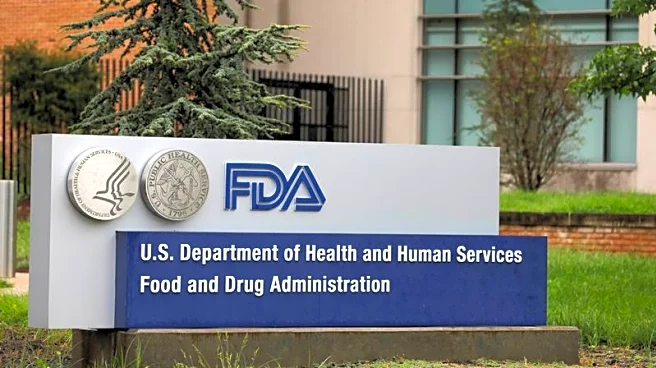What's Happening?
The Trump administration is moving forward with plans to dismantle the Department of Education (ED) by transferring workforce development responsibilities to the Department of Labor (DOL). A new portal has been launched to streamline federal workforce programs, with funds and staff being shifted to DOL. This move is part of a broader effort to close the Education Department and return authority over education to states and local communities. The administration aims to consolidate federal workforce development and education programs to better prepare Americans for high-need skilled labor fields.
Why It's Important?
The restructuring of federal education and workforce programs represents a significant shift in how these services are managed and delivered. By centralizing workforce development under the DOL, the Trump administration seeks to reduce bureaucracy and improve the effectiveness of programs that connect workers with in-demand jobs. This could lead to more efficient administration of education and workforce initiatives, potentially benefiting students, families, and states. However, the dismantling of the Education Department raises concerns about the future of federal education policy and the impact on programs that support students and educators.
What's Next?
The Department of Labor will continue to implement the new integrated state plan portal and support workforce programs. The Trump administration is expected to further redistribute Education Department duties to other agencies, including transferring student loan programs to the Small Business Administration and nutrition programs to the Department of Health and Human Services. States will need to adapt to these changes and may face challenges in managing education and workforce programs independently.
Beyond the Headlines
The dismantling of the Education Department could have long-term implications for federal education policy and the role of the government in supporting education. It raises questions about the balance between federal and state authority in education and the potential impact on educational equity and access.












